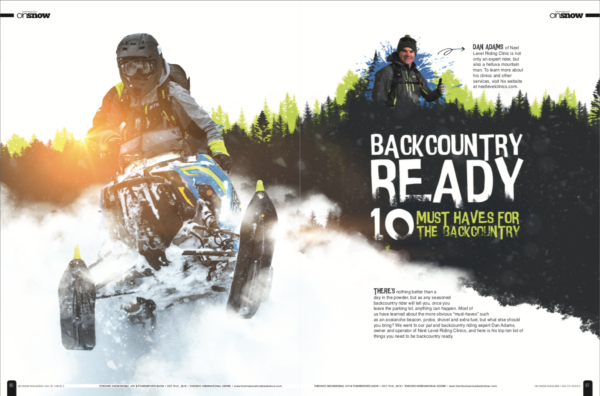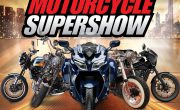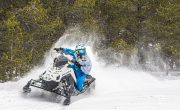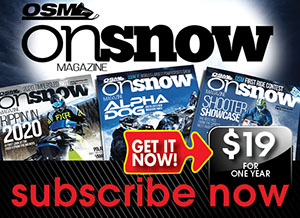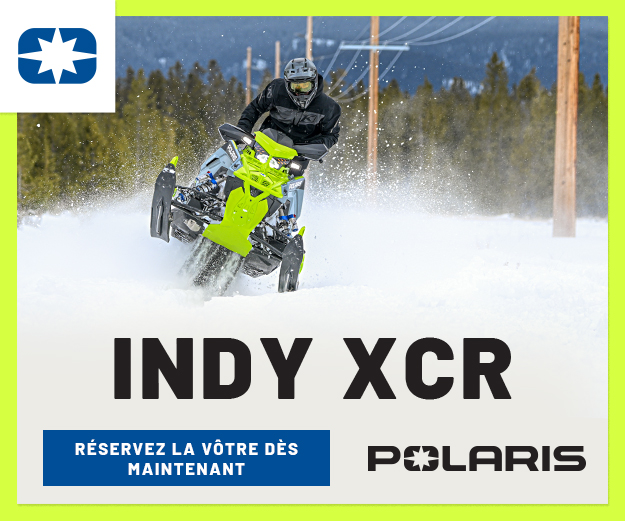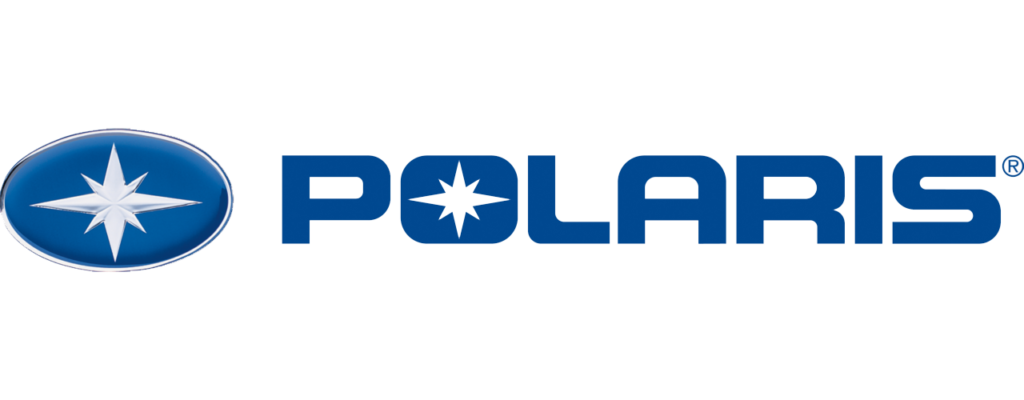Dan Adams of Next Level Riding Clinic is not only an expert rider, but also a helluva mountain man. To learn more about his clinics and other services visit his website at nextlevelclinics.com.
There’s nothing better than a day in the powder, but as any seasoned backcountry rider will tell you, once you leave the parking lot anything can happen. Most of us have learned about the more obvious “must-haves” such as an avalanche beacon, probe, shovel and extra fuel, but what else should you bring? We went to our pal and backcountry riding expert Dan Adams, owner and operator of Next Level Riding Clinics and here is his top ten list of things you need to be backcountry ready.
1. A PLAN
Having a plan each day you head into the backcountry should entail the following:
Where you’re riding (based on the daily forecast and experience of the riders); who you’re riding with (similar ability levels, proper gear, good communication); and what times will you be riding from start to finish and making someone who won’t be riding with you aware of those times.
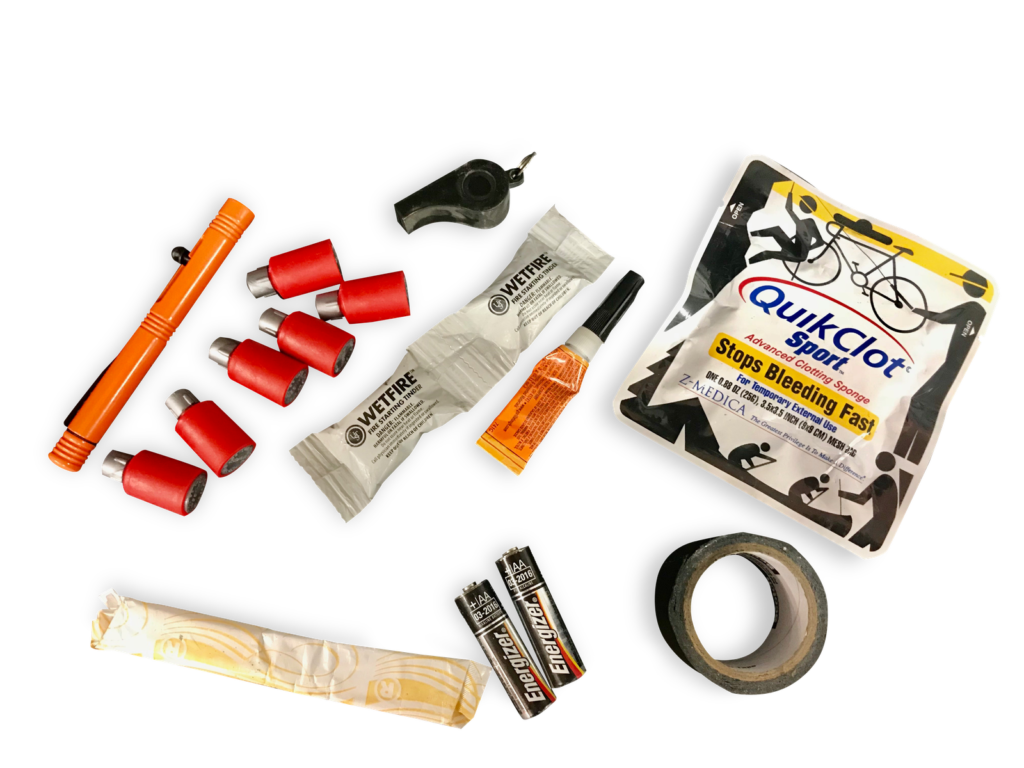
2. A FIRST AID KIT
Having a first aid kit either in your backpack (recommended) or somewhere on your sled is definitely a must have. First aid kits have improved a lot over the years but there are still a few items that I add to make them more robust for backcountry riding. Throw out things like bug spray and include the following: super glue to close small wounds; a tampon (it makes a great fire starter as well as a first-aid item); batteries for radios, flash lights, transceivers, etc.; Quick Clot (a powder used to stem bleeding, it’s also available in a gauze form); duct tape (a small roll is excellent for small repairs, you will be amazed at what you can fix); pocket flare (used to help others locate you when other forms of communications don’t work; fire starter (there are a number of companies offering different types of fire starters but the one I really like is made by Wetfire. The starting tinders work really well even with damp wood making them a must have when out in the backcountry.)
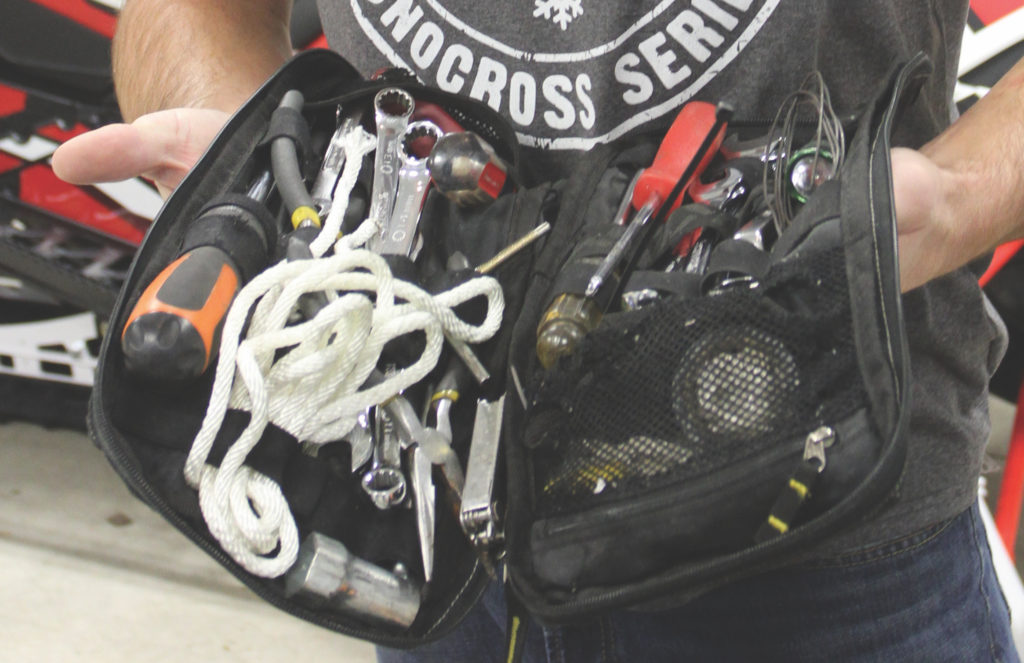
3. PROPER TOOLS
Going into the backcountry without tools is scary! Don’t pretend it won’t happen to you or your group, accidents happen, sleds break, it’s just part of the sport. Having the right tools isn’t hard but it’s often overlooked. I make a tool list based on the following repairs:
• Handlebar and control adjustments such as throttle and brake levers. Be sure to include a variety of screw drivers and a needle nose pliers.
- Front and rear suspension; this should include a variety of open-end, sockets and allen wrenches.
- Engine, clutch and drive system tools; this may include similar tools needed elsewhere on the sled but it’s worth giving your sled a once over to ensure you have what’s necessary to make small repairs.
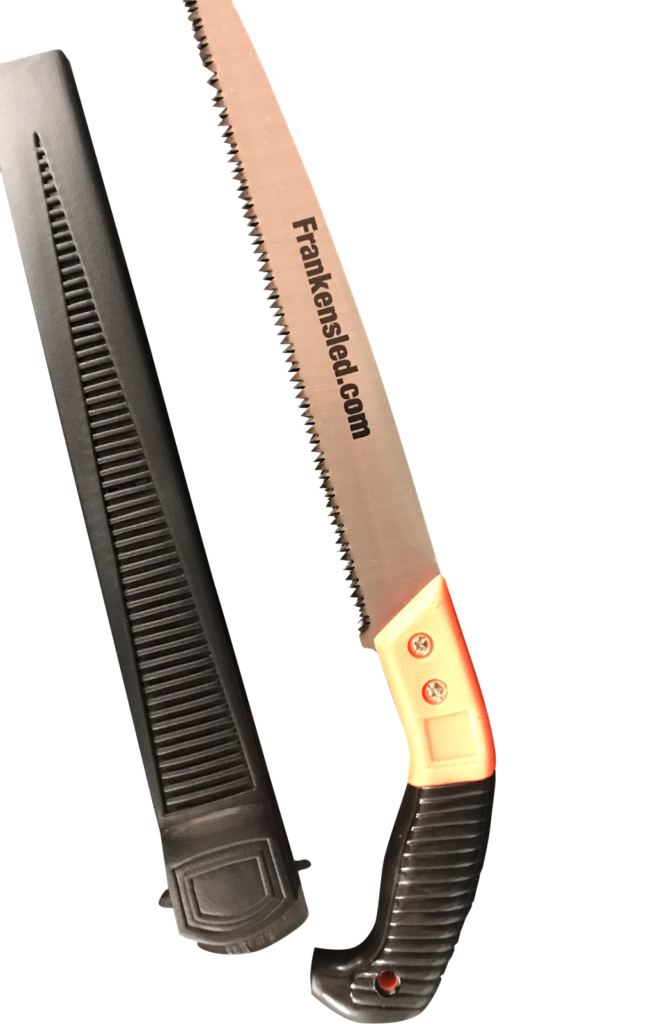
4. WOOD SAW
Packing a saw is an essential tool every mountain rider should have. Whether you need it to get your sled out of a jam or to assist in starting a fire when lives depend on it, a good saw is an absolute must. I personally really like the saw from Frankensled. Even thoough in most cases a saw like this is overkill, I’d rather have more saw than not have one at all.
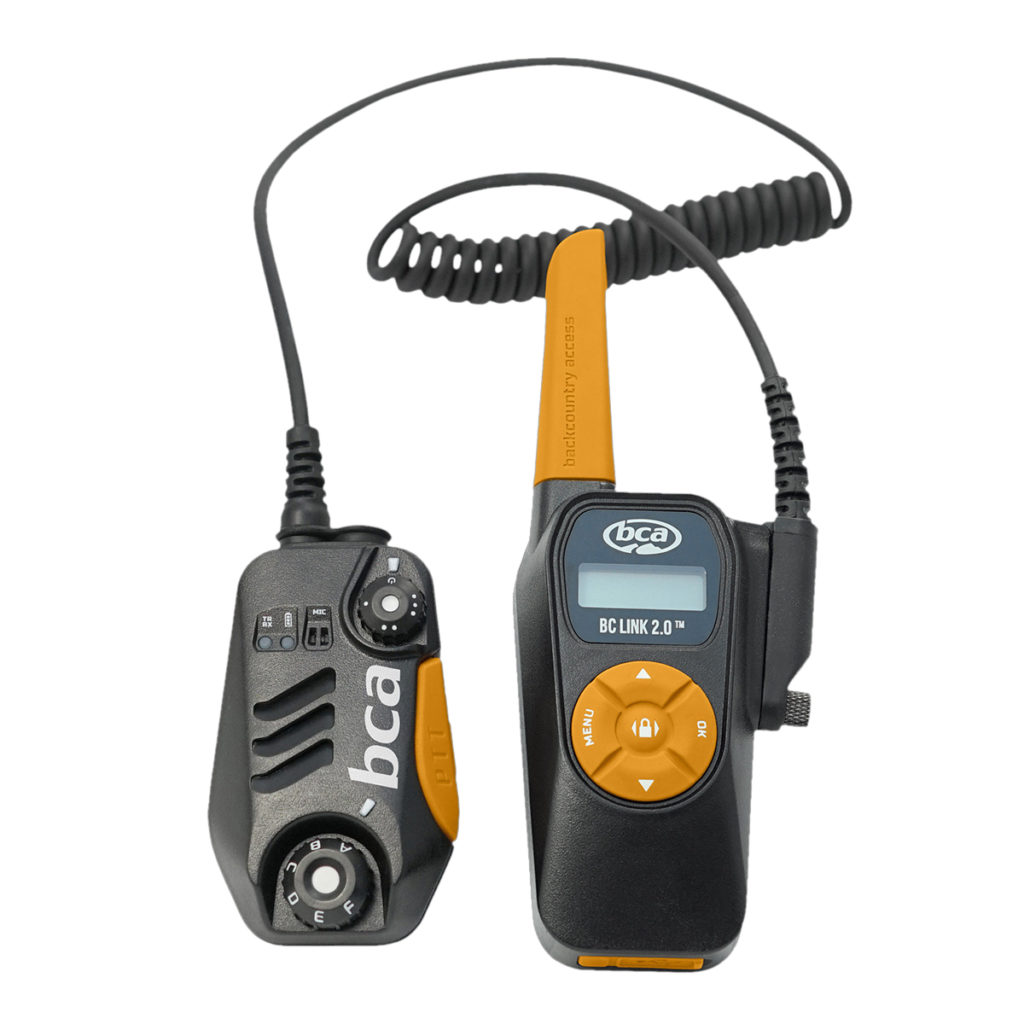
5. RADIOS
Communication within a riding group is, in my opinion, one of the most important elements to riding safely in the backcountry. The BC Link two-way radio from Backcountry Access (BCA) has set the benchmark for easy to use, handheld radios and we use them every day throughout the winter season. Whether I’m teaching a riding clinic or just out for a rip with friends, I’m usually asking the group about radios about the same time I’m asking about avalanche equipment. They are just as important and a must have!
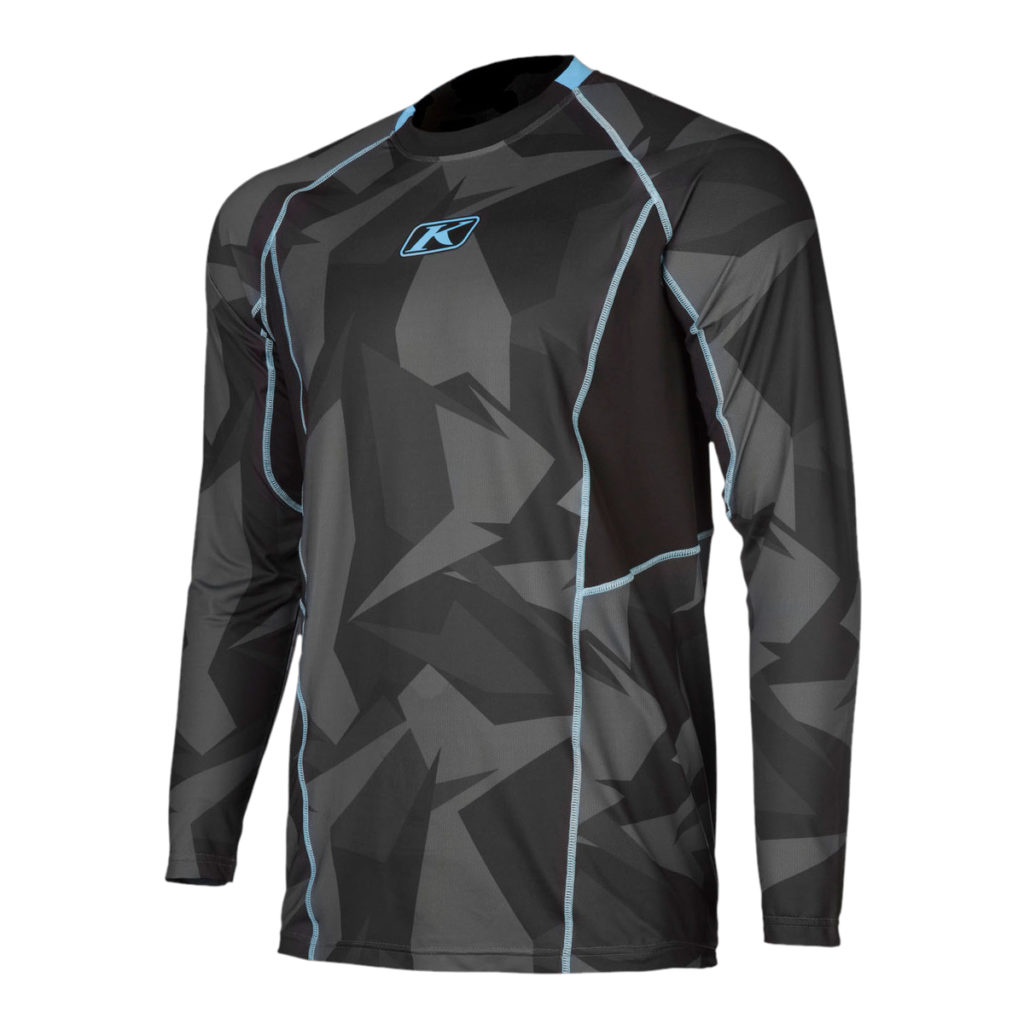
6. LAYERING
Companies like Klim have put a ton of research into their gear and have really helped the snowmobiler become more aware of the type of clothing they should use when riding in the backcountry. Beyond all the tough, waterproof, functional outerwear that exists in the marketplace, having the right layering underneath is crucial to staying warm and dry throughout the day. My advice is to dress for warm weather but have the gear along for colder temps. As a mountain rider, my intentions with my day are to get really aggressive with my sled and that often means I’m working hard and probably sweating. I want layering that will aid in keeping me dry, especially at skin level, so as the day goes on I can stay dry even once the sun starts going down. Keeping your riding gear as light as possible but still providing the necessary warmth is key and layering is a fundamental component to that.
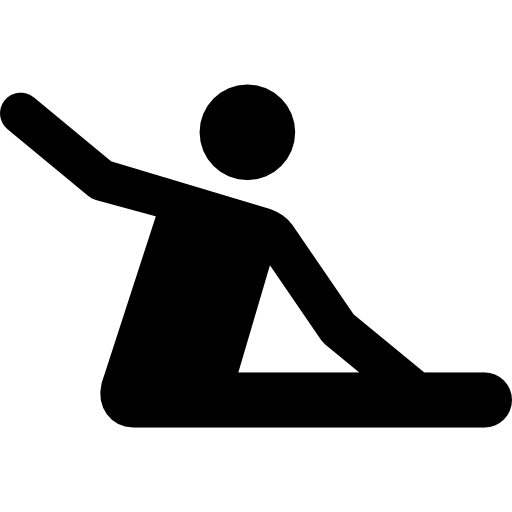
7. STRETCHING
Stretching before you ride is very important. Putting together a short routine each morning prior to riding will greatly improve your mobility and reduce your chances of injury. At NXT LVL we try and stretch before every clinic and have come up with a great series of specific stretches that target muscles used while riding.
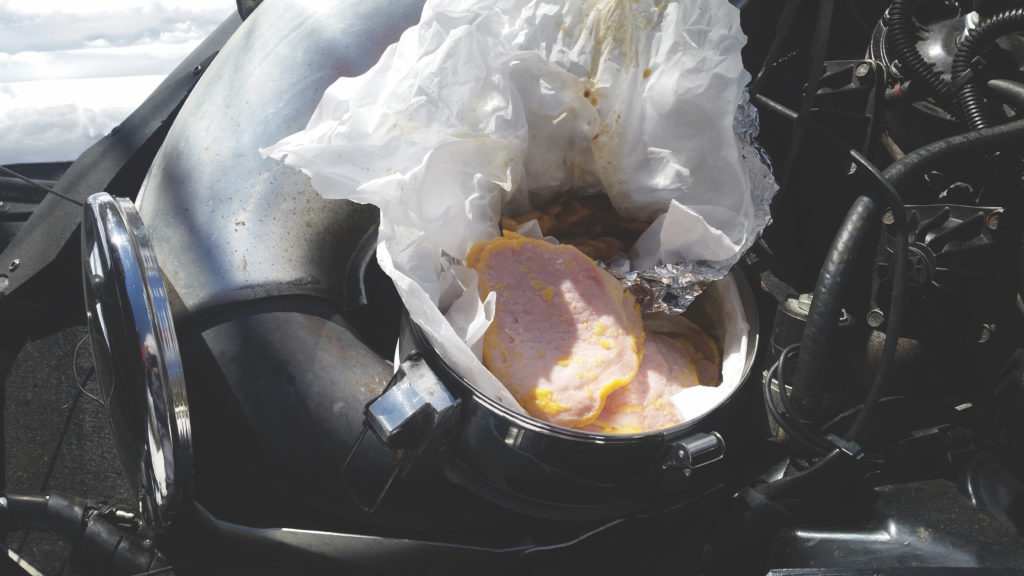
8. MUFF POT or HOT DOGGER
Having a hot lunch while riding in the backcountry is amazing, and although it may not be a must have, it’s a great way to keep the body warm and provide a nice substitute to the typical PB&J.
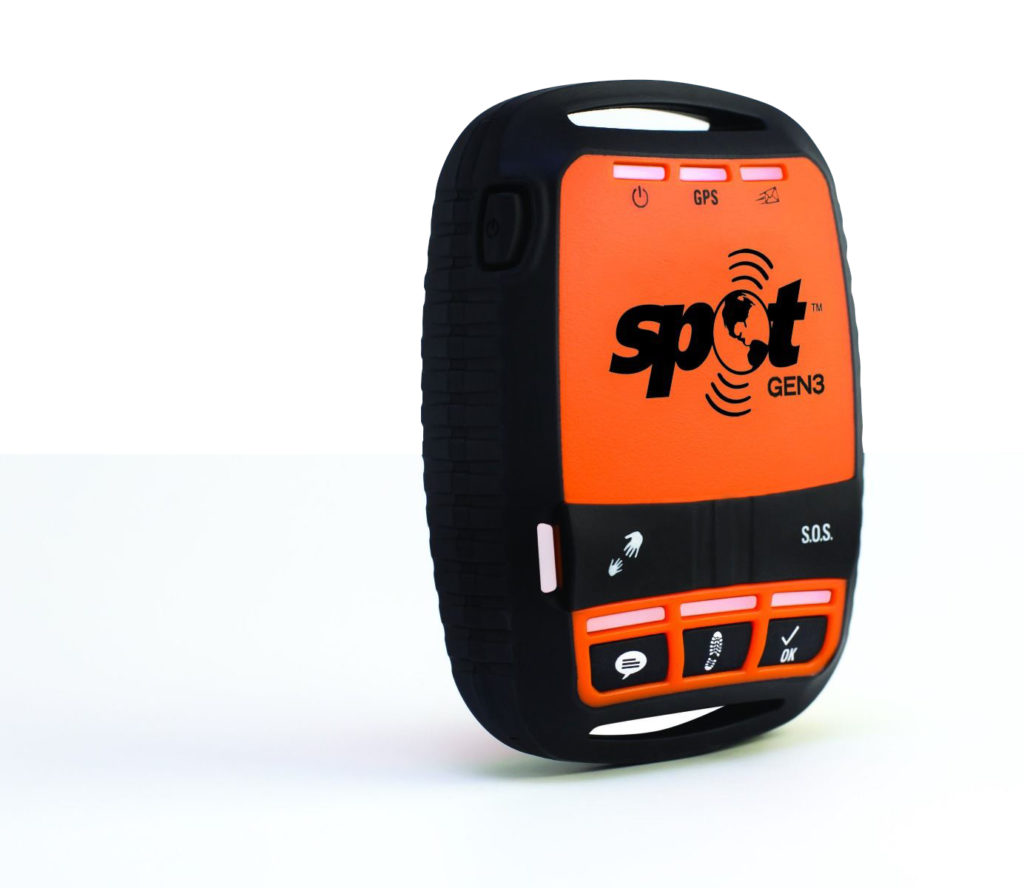
9. SATELLITE PHONE, SPOT, OR INREACH
Today’s technology has really helped the backcountry traveler stay connected to the outside world beyond our cell phones. Companies like Spot, InReach and even Garmin have developed communication devices to save your butt when it matters most. At NXT LVL we carry a Spot tracking device as well as the Spot Global Phone each and every day. The tracking feature is a great way for anyone not riding with you to keep an eye on you via their computer or smart phone. Having the ability to stay connected is a must in the backcountry and will greatly improve your chances of survival in the event of an emergency.
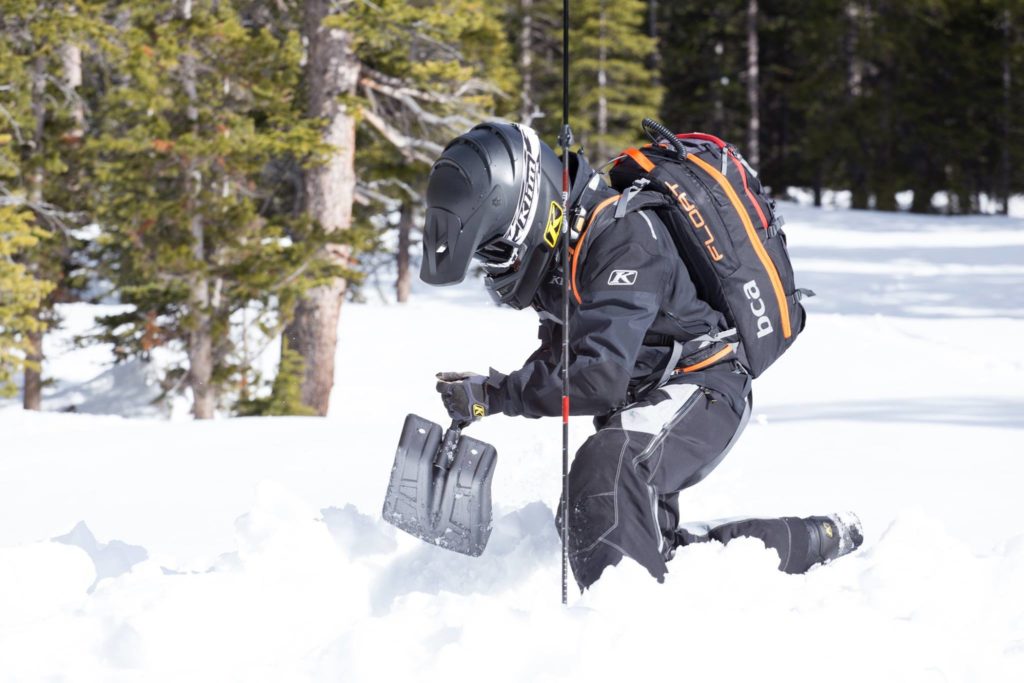
10. TRAINING
Wearing a backpack, shovel, probe and transceiver are only the beginning. Taking the necessary training courses to really understand your avalanche equipment is a must before heading into the backcountry. An avalanche Level 1 class as well as a wilderness first-aid class are great stand-alone courses. Remember, know before you go.




